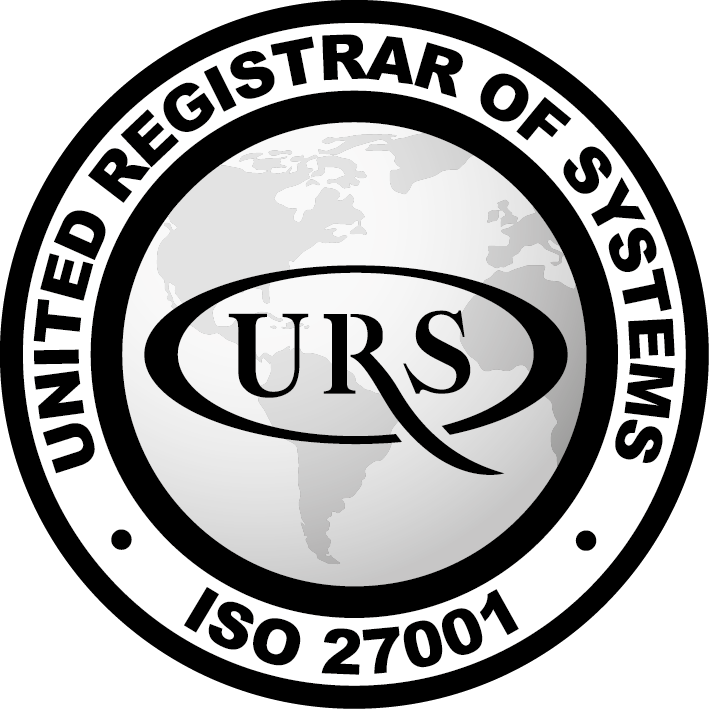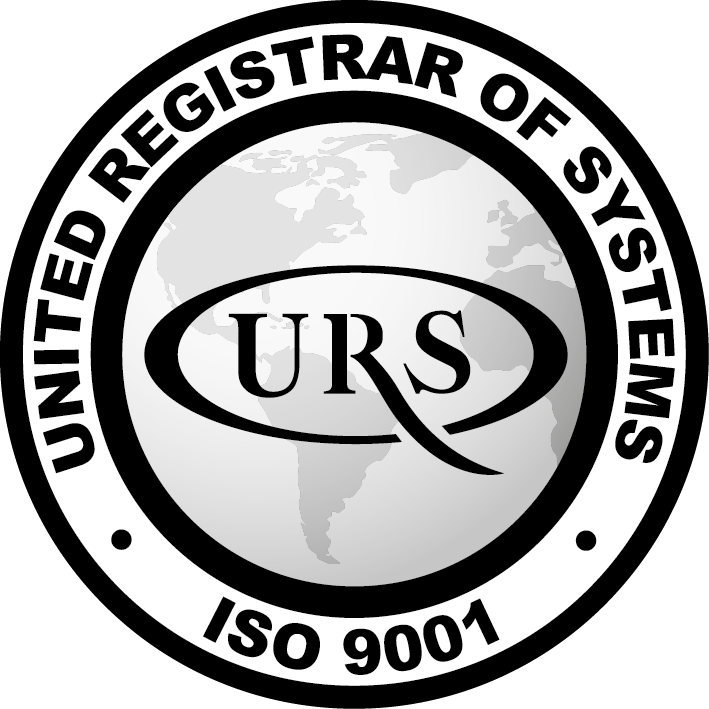How to manage cloud provider-specific workflows? A multi-provider approach to IaC success

Multi-cloud infrastructure increases operational flexibility by distributing resources between several cloud providers. It lets you access a larger range of services, optimize costs and performance, and improve redundancy in case a single provider experiences an outage.
These benefits make multi-cloud a powerful infrastructure strategy, but it also has complex management requirements. There's constant tension in the need to unify high-level provisioning processes without blocking access to provider-specific functionality. IaC tools like Terraform and Pulumi are the best starting point, but they're still challenging to customize for individual clouds.
In this article, we're going to examine this problem in detail. You'll learn best practices and techniques for implementing effective cloud provider-specific processes within integrated IaC workflows. We'll also discuss how new-generation IaC platforms help to simplify multi-cloud use cases.
Understanding multi-provider IaC workflow challenges
Using multiple cloud providers with IaC tools involves more than just connecting your cloud accounts. You need to plan how you'll handle provider-specific workflows that can't be standardized into a single high-level process. This fragments your IaC implementation, requiring multiple pipelines to provision your full infrastructure stack.
Factors that contribute to the need for provider-specific IaC processes include:
- Use of different resource types in each cloud: IaC resources available from one cloud provider aren't directly comparable to those from other clouds.
- Unique authentication methods: Individual clouds may have their own authentication requirements that affect your IaC implementations.
- Different state management requirements: The cloud providers and services you use may have varying state management needs, or might only work with particular IaC tools.
Because each provider has its own needs, your IaC configs will inevitably contain provider-specific sections. These sections could be created as separate modules, or using conditions that alter a shared module's behavior. For instance, a Terraform module that developers use to provision new compute instances could consult an internal API to decide between creating resources on AWS or GCP.
These provider-specific processes must be carefully configured, tested, and maintained to ensure each cloud's resources are provisioned correctly. However, it's also crucial to ensure monitoring, security, and compliance requirements apply across all your resources, regardless of the cloud they belong to. This calls for an integrated IaC strategy that you can customize with per-provider behavior.
Managing cloud provider-specific IaC: Advanced strategies to use at scale
Let's take a closer look at how to align cloud provider-specific IaC workflows with centralized DevOps automation tools. Implementing the following Infrastructure as Code best practices will help you build cross-cloud IaC strategies that scale with your operations. These techniques support successful multi-cloud DevOps implementations that improve operational efficiency.
1. Accept the need for cloud-specific customization
Accepting the need for provider-specific IaC is the first step towards enhancing your workflows. Teams often try to build standardized IaC configs that work with all cloud providers, but this limits you to the lowest common denominator of features and resources supported by every platform. Understanding that it's not possible to abstract all cloud configuration requirements into a single IaC config encourages teams to split modules up and build more powerful workflows for each cloud.
2. Keep provider-specific IaC configs separate from shared modules
Organizing your IaC configs keeps your infrastructure processes manageable at scale. Clearly separating provider-specific configuration from modules that provide shared functionality makes it easier for team members to find components relevant to their use case.
Using distinct modules for each provider also allows you to individually test your different cloud deployments. Moreover, it's easier to configure CI/CD pipelines for your workflows by mapping provider-specific pipeline variations to matching IaC modules.
3. Maximize configuration reuse across clouds
Although we're talking about provider-specific IaC workflows, this doesn't mean there won't be opportunities to reuse sections of your config. For instance, calls to internal APIs and integrations with third-party services like secrets managers should be abstracted into modules you can call from your provider-specific code. Reducing the amount of code in your per-provider modules helps to improve maintainability so you can focus on the components that are actually unique to each cloud.
4. Decouple secrets and credentials from individual providers
Removing dependencies on individual cloud secrets managers allows you to centralize all your secrets in one location. For example, instead of using AWS Secrets Manager and Google Cloud Secret Manager for their respective cloud workflows, shift all your secrets into a solution like HashiCorp Vault or Pulumi ESC that sits outside any cloud.
This change lets you access all your secrets using a single consistent process. You can then create reusable IaC modules that allow your provider-specific IaC configs to request the secrets they need. Keeping secrets in one place makes them easier to monitor, audit, and rotate when you're operating multi-cloud DevOps at scale.
5. Use an IaC orchestrator to abstract cloud provider processes
IaC orchestration tools such as Spacelift, Env0, and HCP Terraform (formerly Terraform Cloud) provide automated CI/CD pipeline implementations for IaC workflows. They use GitOps-based strategies to run tools like Terraform, Pulumi, and Ansible when the files in your IaC repositories change. These platforms also offer native integrations with cloud providers, helping to simplify development of provider-specific pipelines.
As an example, Spacelift's cloud integrations let you enable safe cloud account access for specific IaC stacks. Spacelift uses the AWS, Azure, and GCP IAM systems to generate short-lived credentials as they're needed, based on the cloud provider assigned to each of your stacks. The Spacelift multi-provider approach allows you to build cloud-specific workflows that run automatically based on changes in a Git repository, using correct credentials.
6. Unify multi-cloud monitoring and observability
Provider-specific IaC workflows shouldn't be completely independent of each other. It's still best practice to unify common management processes, such as monitoring and observability. Being able to centrally monitor all your infrastructure resources across your cloud accounts and IaC tools keeps you in control of your operations. It lets you spot emerging problems, tune performance, and prevent bill shock caused by forgotten resources.
IaC orchestrators like Spacelift and Env0 improve observability by giving you single-pane-of-glass visibility into your IaC deployments. They standardize your high-level IaC operations without blocking per-provider workflows. But you can also manually integrate your IaC pipelines with standalone observability suites like Prometheus, Grafana, and ELK. Create reusable configs in tools like Ansible that you can use in your provider-specific pipelines to deploy required monitoring components. Your observability tools can then scrape key metrics from your cloud accounts.
7. Manage cross-cloud governance with platform-embedded Policy as Code
Enforcing security and compliance rules is a crucial part of effective IaC management, but it can be more complicated when you're juggling provider-specific workflows. It's easier for oversights to occur when resources are spread among clouds, each potentially depending on a different access management solution.
You can secure your infrastructure resources across providers by implementing Policy-as-Code within your IaC pipeline automation systems. Use solutions like Open Policy Agent (OPA), Checkov, Sentinel, and Conftest to test and reject changes that would breach your compliance policies. Policy-as-Code capabilities can also be found within IaC orchestrators: Spacelift's granular policies let you precisely define the when, what, and how of changes made to your IaC workflows, for example.
8. Implement robust drift detection for each cloud
Infrastructure drift is the unplanned changes that silently appear in your live environments, typically due to unwanted auto-updates or developers making changes outside IaC. Using a multi-cloud architecture means there's more places where drift could occur, so it's essential to configure automated detection and resolution systems for each of your cloud workflows.
At its simplest, drift detection could be running terraform plan in a scheduled GitHub Actions pipeline. The plan output will reveal any infrastructure changes compared to what's in your repository. However, this basic approach is challenging to configure for automated reconciliation and can be tedious to replicate across several provider-specific workflows. The drift management features found in Spacelift and Env0 offer a more comprehensive approach that's fully hands-off. The platforms regularly audit each of your cloud providers for discrepancies, provide alerts for new problems, and restore the correct state when permitted by your policy checks.
Is it worth using multi-cloud IaC?
The complexity involved in building and maintaining multi-cloud IaC may leave you wondering whether it's worth it. While the answer ultimately depends on your unique operational requirements, it's important to realize multi-cloud can be unavoidable when you're operating at scale. It's one of the best ways to simultaneously enhance the performance, redundancy, cost effectiveness, and features available to your stack's components. This results in the most optimized infrastructure environment possible for your project.
Manually implementing provider-specific IaC workflows is often time-consuming and error-prone, but new-generation orchestration tools like Spacelift are designed to solve these challenges. Orchestrators let you easily configure multiple IaC pipelines that run against different clouds, but with centralized monitoring and governance. They offer a fully automated route to effective multi-cloud IaC, without sacrificing provider-specific workflows.
Even so, multi-cloud's benefits don't make it right for every organization. Sticking with a single cloud provider simplifies IaC workflows for smaller teams, so it could be the most pragmatic option for your DevOps needs. It's always best to evaluate multi-cloud benefits in the context of your own project.
Summary
Teams often approach multi-cloud IaC with the intention of standardizing processes across their cloud providers. But in practice, some provider-specific workflows are always required, whether to address differences in authentication methods or to properly configure unique infrastructure resources.
Customizing IaC workflows for different clouds can be challenging, but the techniques we've discussed can guide you towards getting started. Optimize your multi-cloud DevOps processes by leaning on IaC orchestration tools, clearly organizing provider-specific and shared configs, and aiming for unification where possible—such as for monitoring, governance, and drift detection. With this approach, you can combine the benefits of centralized IaC with provider-specific versatility.
Ready to build your multi-cloud IaC strategy? At Semantive, we're experts in multi-cloud adoption and IaC automation. Book a consultation to learn how we can scale your cloud infrastructure operations
More Articles
Our team of experts is ready to partner with you to drive innovation, accelerate business growth, and achieve tangible results.
If you’re wondering how to make IT work for your business
let us know to schedule a call with our sales representative.

















